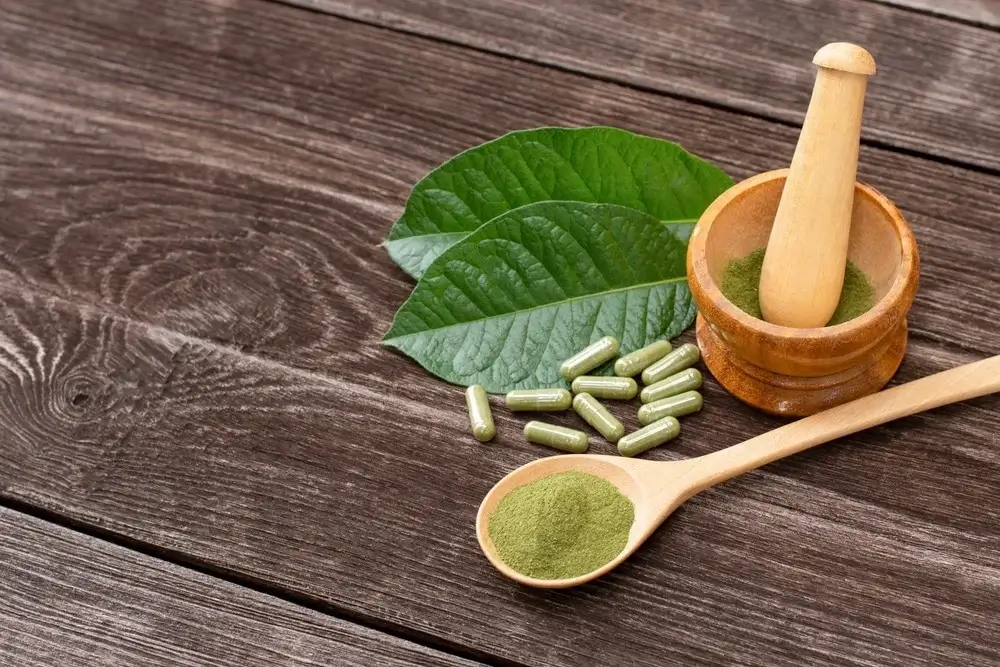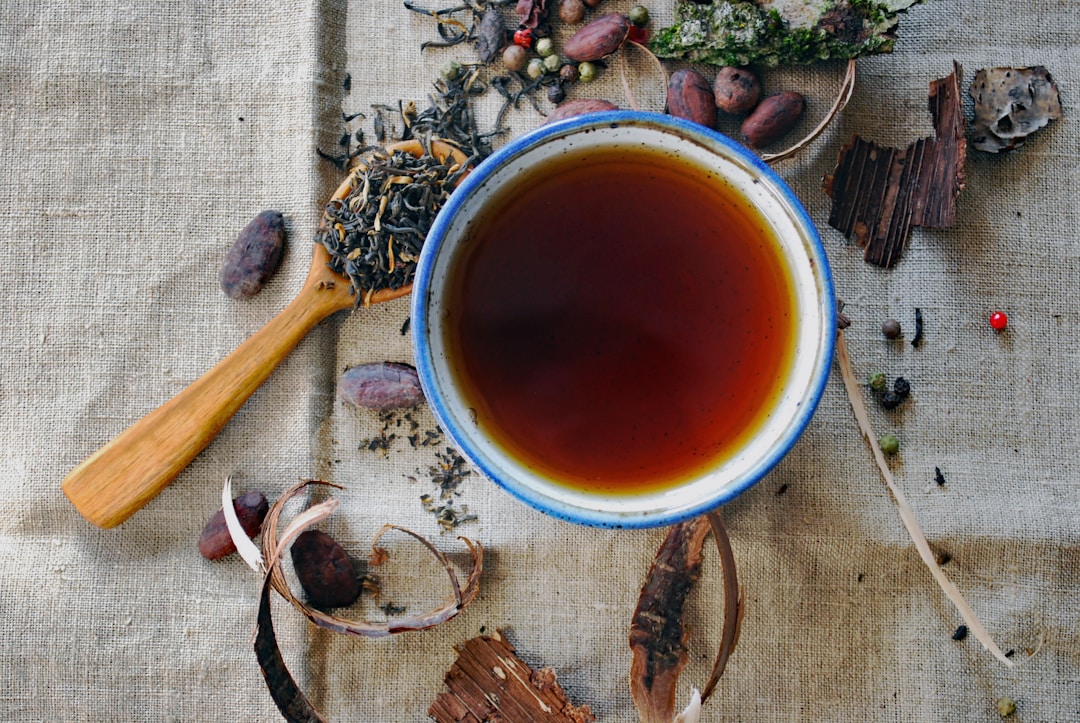
Kratom, a tropical tree indigenous to Southeast Asia, has been used for centuries in traditional medicine. It has grown in popularity in recent years, with many individuals seeking it out for various reasons, from pain relief to potential mood enhancement. But what exactly is Kratom, and what should you know before considering its use? In this article, we’ll delve into the history, uses, and controversies surrounding this unique botanical.
Kratom Capsules and Modern Usage
In today’s market, Kratom can be found in various forms, from powders to teas. One of the most common and convenient forms is Kratom capsules. These capsules allow for a standardized dose, making it easier for consumers to monitor their intake. As with any substance, dosage, and administration methods can influence the effects and potential risks.
Origins and Historical Use
It’s, scientifically known as Mitragyna speciosa, is native to Thailand, Malaysia, Indonesia, and Papua New Guinea. The leaves of the Kratom tree have been used by the native populations of these regions for centuries. Traditionally, the leaves were chewed fresh or brewed into tea to help with fatigue, improve work productivity, and even as part of religious rituals.
In some cultures, Kratom has also played a role in traditional medicine. For example, it’s been utilized as a painkiller, a remedy for diarrhea, or even as a means to help with opiate withdrawal. Its versatility has made it an integral part of many Southeast Asian communities.
Phytochemistry: The Active Compounds

It’s effects are primarily attributed to its alkaloids. The most prominent of these are mitragynine and 7-hydroxymitragynine. These compounds interact with the body’s opioid receptors, which is why Kratom can produce effects similar to opioids, although it is not an opioid itself. It’s this interaction that can result in pain relief, sedation, and mood enhancement for some users.
However, the effects of Kratom aren’t solely related to its opioid receptor interaction. The plant contains a myriad of other compounds, each potentially contributing to its overall effect profile. This complexity might explain the range of experiences reported by users, from stimulating to sedative, depending on the dose and strain.
The Science Behind the Effects
As mentioned, Kratom’s primary active compounds are the alkaloids mitragynine and 7-hydroxymitragynine. But how do these interact with our bodies? When consumed, these compounds stimulate the brain’s opioid receptors without actually being opioids. This subtle stimulation can produce effects like pain relief and euphoria.
However, unlike traditional opioids, Kratom doesn’t depress the respiratory system to the same extent. This property is one of the reasons some argue that it could be a safer alternative to conventional pain medications.
That said, the full array of Kratom’s interactions within the human body remains a topic of ongoing research. As scientists continue to study this plant, we will likely gain a deeper understanding of its mechanisms and potential therapeutic applications.
Potential Benefits and Uses
Many users report a variety of benefits from Kratom use, including:
- Pain Relief: One of the most common reasons people turn to Kratom is for its analgesic properties. It can offer relief for both acute and chronic pain.
- Mood Enhancement: Some individuals find Kratom effective in alleviating symptoms of depression or anxiety, while others simply enjoy the mood lift it can provide.
- Energy Boost: In smaller doses, certain strains of Kratom can act as a stimulant, giving users increased energy and alertness.
- Assistance with Opiate Withdrawal: Historically, and in some modern contexts, it has been used to help those addicted to opiates cope with withdrawal symptoms. Its ability to alleviate pain and improve mood can be beneficial during the challenging withdrawal phase.
Kratom Strains and Their Differences
Though we often speak of Kratom as a singular entity, the reality is that there are multiple strains, each with its unique profile of effects. The different strains arise from variations in where they are grown, soil composition, and how they are harvested and processed.
- Red Vein Kratom: Known for its calming effects, red vein Kratom is often chosen by those seeking relaxation or pain relief. It’s also the most widely available and has a strong following among Kratom enthusiasts.
- White Vein Kratom: If you’re after a more stimulating experience, white vein might be the choice. It’s touted for its ability to enhance alertness and provide an energy boost.
- Green Vein Kratom: Balancing between the relaxing properties of red and the stimulating properties of the white and green veins is seen as a moderate strain that offers a mix of both worlds.
Understanding these strains and their respective effects can be crucial for anyone considering Kratom use. Individual experiences may vary, but knowing the baseline can guide users toward the strain most aligned with their desires or needs.
Methods of Consumption

While Kratom capsules are a prevalent form of consumption, the plant’s versatility allows for various methods, each offering a unique experience.
- Kratom Tea: Brewing Kratom leaves or powder into tea is a traditional method of consumption. The heat can enhance the release of its alkaloids, creating a potent brew. Some add sweeteners or other flavors to mask its naturally bitter taste.
- Toss and Wash: This method involves taking the powder directly, followed by a drink of water or juice to wash it down. It’s a quick way to consume Kratom, but the taste can be off-putting for some.
- Kratom Extracts: These are concentrated forms of Kratom, where the active alkaloids are extracted from the leaves. The result is a much more potent product, often sold in liquid or solid form.
Controversies and Concerns
As with many substances, Kratom isn’t without controversy. There are concerns about its safety, potential for addiction, and lack of regulatory oversight.
Some reports and studies have pointed to Kratom’s potential for dependence. Users might develop a tolerance, leading them to consume more to achieve the same effects. Additionally, when usage stops, some individuals experience withdrawal symptoms.
There have also been reports of negative side effects, including liver damage, seizures, and even death. However, many of these severe cases involved other substances or pre-existing health conditions, making it challenging to determine Kratom’s sole influence.
Furthermore, the lack of standardization and regulation in the Kratom market can pose risks. There’s no guarantee that every product labeled as “Kratom” contains pure Mitragyna speciosa leaf. Adulteration and contamination are concerns.
Legal Status
The legal status of Kratom varies globally. In its native regions, like Thailand and Malaysia, it is illegal or regulated. However, it’s legal in most parts of the United States, albeit with some state-level restrictions. Due to its increasing popularity and concerns about safety, some countries and states are reconsidering their stance on Kratom, either pushing for stricter regulations or outright bans.
Before using or purchasing it, it’s crucial to check local laws and regulations. Being informed is essential, not only for legal reasons but also for personal safety.
Concluding Thoughts on Kratom
It’s, a plant deeply rooted in the traditions of Southeast Asia, has found its way into the global spotlight. Its history, varied uses, and potential benefits make it intriguing. However, as with any substance, it’s crucial to approach Kratom with a well-informed perspective, understanding its potential risks and rewards. As the conversation about it continues to evolve, so will our understanding of this complex and multifaceted plant.






